Why do we have scars?
Scar formation is a normal process in how our bodies respond to an injury or surgery. It is basically our bodies way of making a collagenous glue. It is responsible for holding structures together while our body heals. Scar formation may only involve the superficial layers but it also can form in the deeper layers of the tissue and can involve ligaments, tendons, and/or nerves.
It is often, an aesthetic concern however we as hand therapists know this can lead to a loss of mobility which can lead to functional limitations. Scar can also become very sensitive and painful.
So how can you help your patients with these dreaded scars? One thing that is important to consider is the maturity of the scar. If the scar is not mature enough to tolerate massage, further trauma to the scar can lead to further scar formation.
Tips and Tricks to Managing Scars
Tips and Tricks to Managing Scars
- Scar MassageThis can help decrease any hypersensitivity and also can help the sensory response to normalize. Scar massage can improve the scar pliability and help produce a flat move-able scar. You can use an over the counter cream such as cocoa butter or Vaseline. Be sure to educate your patient in avoiding creams that have alcohol listed in the ingredients, as this can dry out the scar. Often times we will prescribe 10 minutes of scar massage, 2x/day.
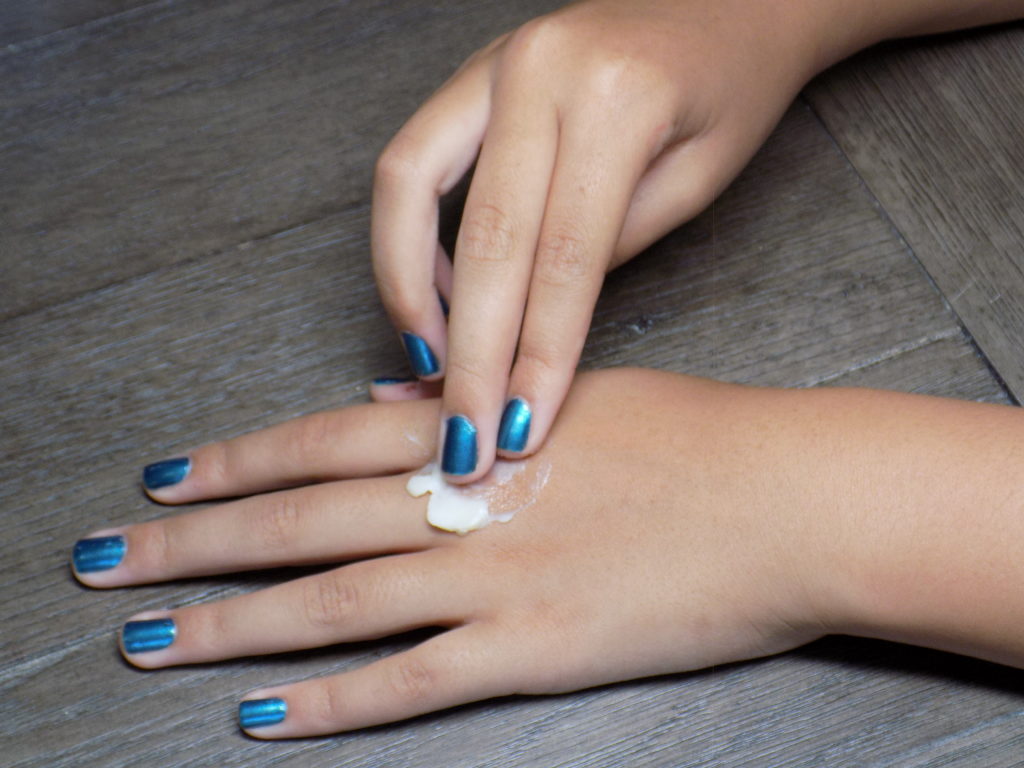
- Scar Pads or Paper Tape Silicone gel pads can provide light pressure over the scar resulting in a flattened scar. Typically we prescribe wearing this at night. If the scar is an odd shape or a piece of silicone will not work an Elastomere or Otoform insert can be made. There is also some evidence to support the use of paper tape as well as some of the stretching tapes such as Kinesio or Rocktape. Theoretically if the scar has less oxygen it will have an improved appearance.
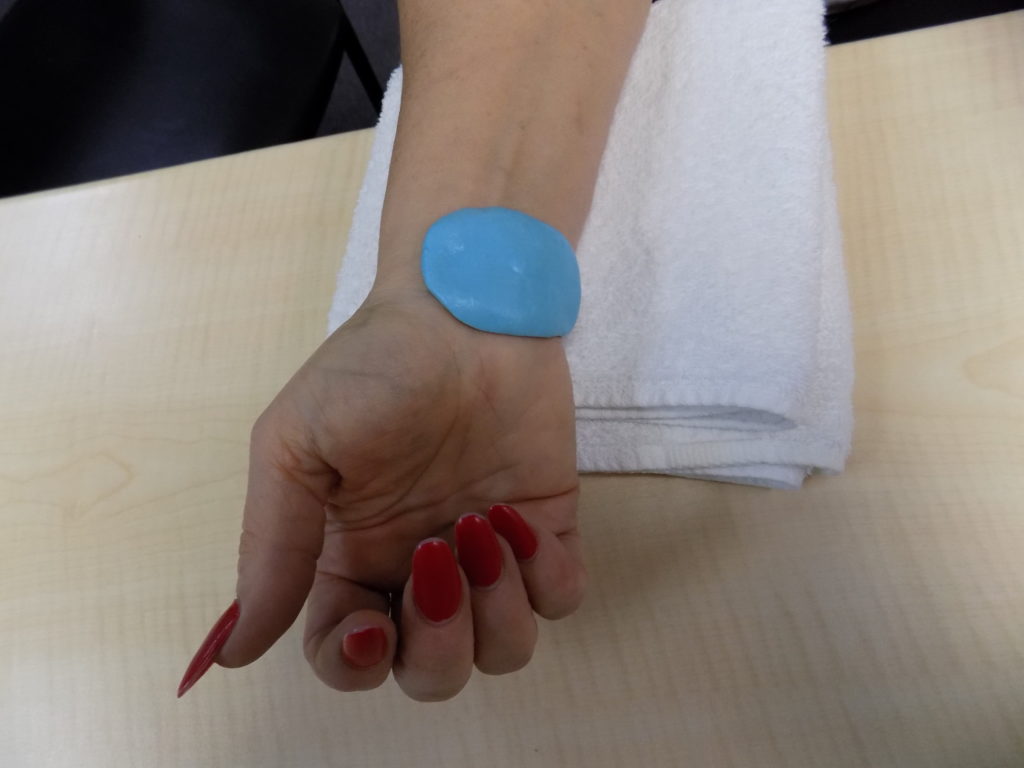
- Vibration can help with scars that are very sensitive, therapists use vibration to break up scar tissue. When introducing vibration for scar management, allow the patient to be in charge of doing the massage as they are able to identify if the vibration is too painful. Also if the tips on the massager for scar tissue are too aggressive you can leave the cap on the scar massager and use it to apply gentle pressure. If a vibrating massager for scar tissue is not readily available, an alternative is using the end of an electric toothbrush to massage the scar.
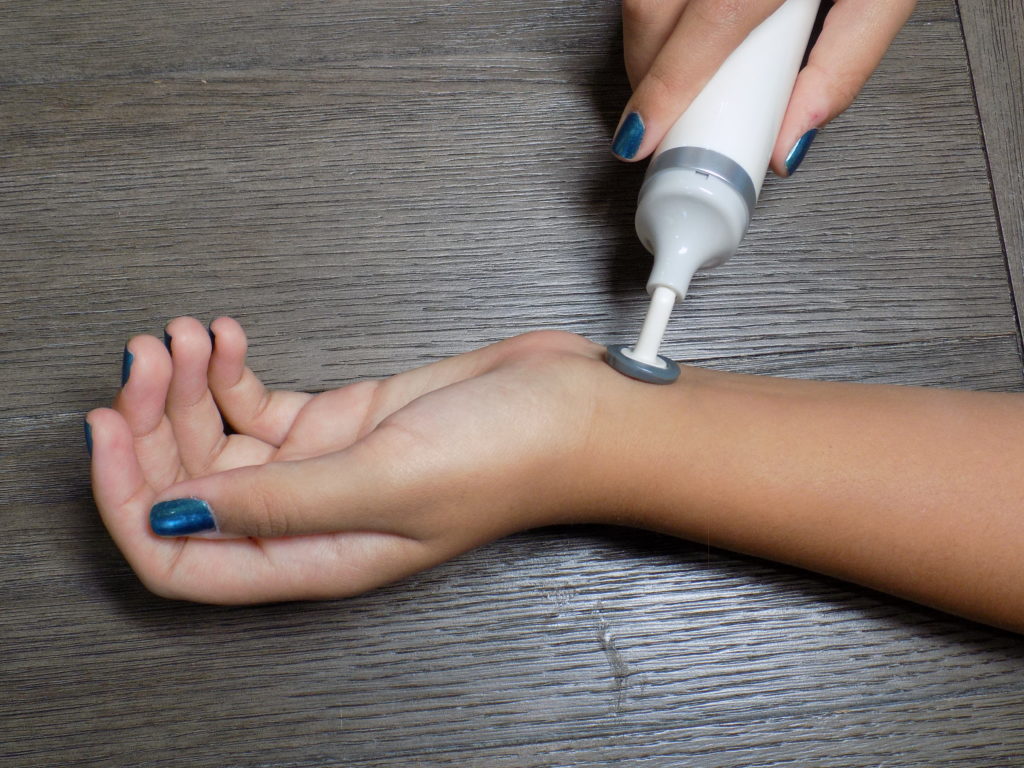
- Active Range of Motion can prevent joint stiffness and can also prevent tendon adhesions. Make sure to have the patient move through full range of motion each time and have the patient perform composite flexion and extension if the injury allows. For instance if a patient has a dorsal hand burn you will not only want them to make a fist and flex their wrist you will want them to do these movements together at the same time.
- Orthotic Fabrication: Orthoses would be used if the scar is causing a contracture and is not passively correctable. For instance if there is a scar on the volar surface of the pip joint and it is limiting the patients full extension, a night-time pip joint extension splint should be considered and possibly a PIP spring extension splint to wear for 20 minutes 2-3 x/day.
- Desensitization using various textures. When scars are hypersensitive we often make a desensitization packet for the patient. Start with a really soft texture such as a piece of velfoam and rub the sensitive area for 2 minutes, have the patient work up to a more abrasive texture such as a washcloth. I typically label each texture 1-4 and have them start with #1 and work their way up to #4. Of course #1 is the softest.
- Educate the Patient on keeping the immature scar out of the sun. This can be achieved by covering the scar and also using sunscreen.
Phases of Scar Healing
- Phase 1. The skin and deeper tissues are healing. This is typically when there is still a wound, sutures may be in place. At this phase you may be educating the patient on massaging the skin around the scar but no on top of the scar. At this phase the scar is not mature enough to tolerate many mechanical forces.
- Phase 2. This is when you will really start waging war on the scars. The scar will often become enlarged and reddened typically this phase lasts 4-8 weeks. This is typically when the scar is very active and can have the following characteristics. You can use these terms of objectively document the scar properties.
- Red
- Raised
- Thick
- Firm
- Phase 3. The scar become smaller and paler this typically last 2-3 month.
- Phase 4. The scar will become soft and pliable and usually the color will continue to fade. A scar will fully mature 12-18 months after the injury or surgery.
4 Comments
Leave a Comment
More To Read
Exertional (Chronic) Compartment Syndrome of The Hand
By: Tommi Long What is it? Chronic exertional compartment syndrome (CECS) is an exercise-induced condition affecting the muscles and nerves, leading to pain, swelling, and reduced muscle function due to increased pressure and restricted circulation. While most commonly, it impacts the arms and legs, it is rare to happen in the hand(s). CECS is most…
Read MoreHow to Strengthen the Intrinsics with Puttycise Tools:
How to strengthen the intrinsic with Puttycise tools
Read MoreShoulder Special Tests: Are They Really Special? Best way to Evaluate Shoulder Pain
Shoulder Special Tests: Are They Really Special? How to evaluate shoulder pain. By: Emily Saunders Evaluating Their Clinical Utility Shoulder pain and injuries are a common concern in clinical settings, and special tests have long been a cornerstone for diagnosing these issues. These tests aim to identify specific shoulder conditions but often fall short in…
Read MoreSign-up to Get Updates Straight to Your Inbox!
Sign up with us and we will send you regular blog posts on everything hand therapy, notices every time we upload new videos and tutorials, along with handout, protocols, and other useful information.


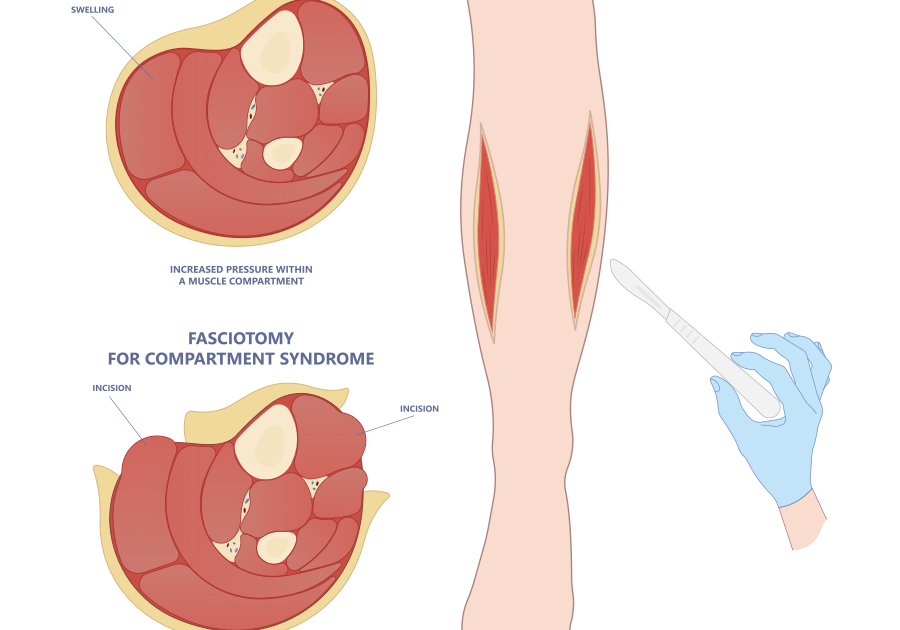
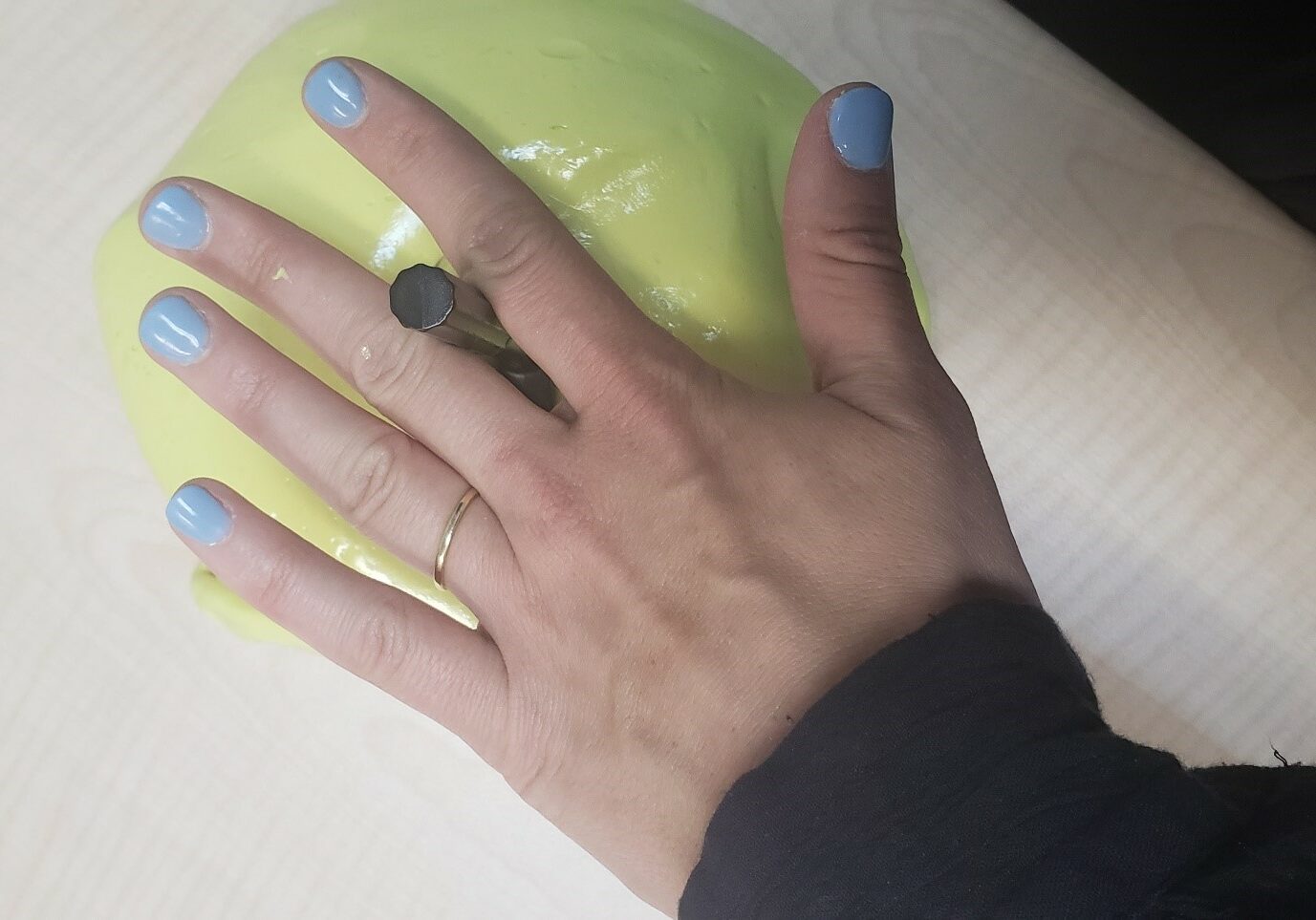


Are you looking for a Deep tissue massage Vancouver? It is recommended that you get one at least twice a month to relax the muscles and tissues of your body and feel fresh again.
Do vibrations help to lighten the scar? And how does Faslane help?
Correction how does Vaseline help?